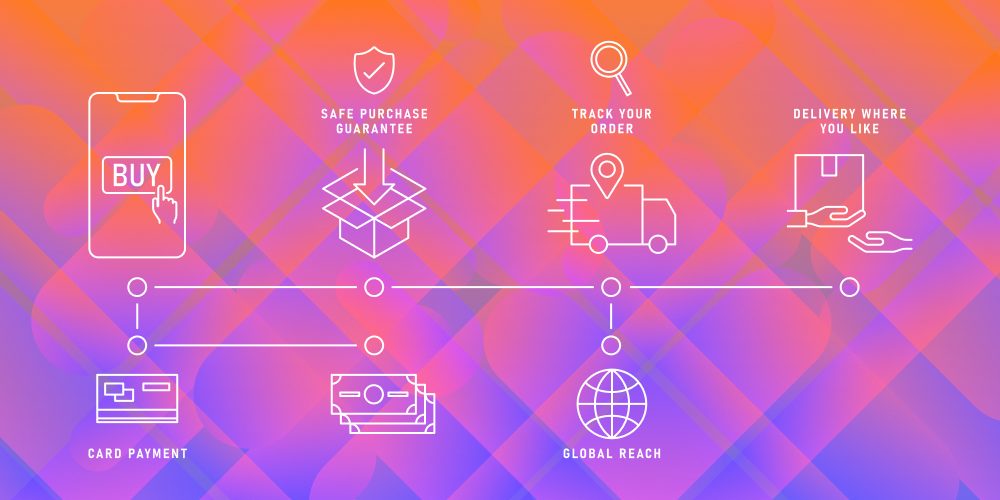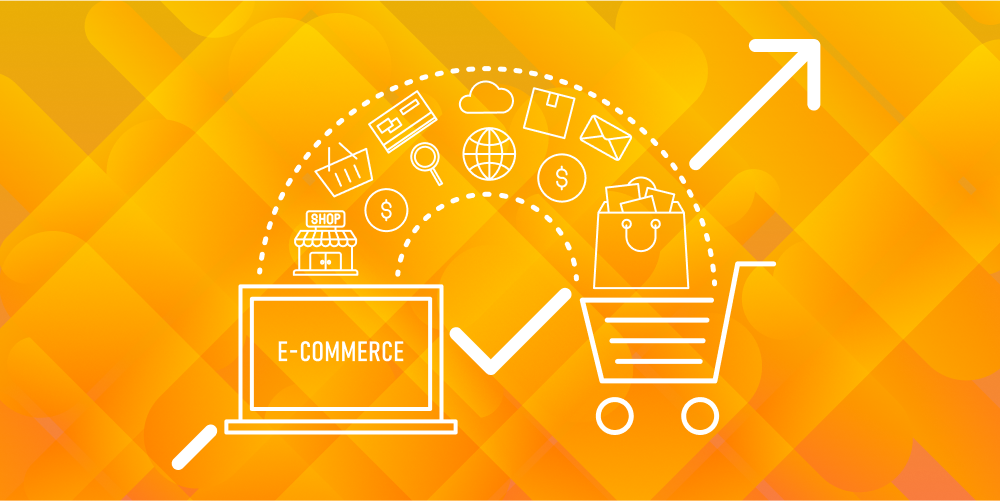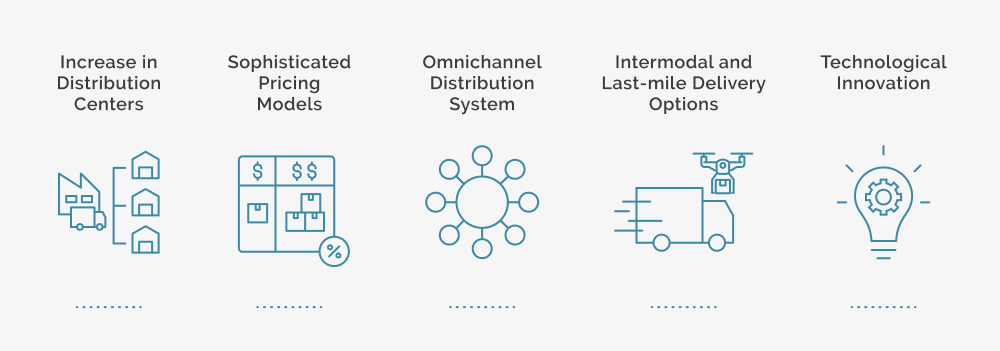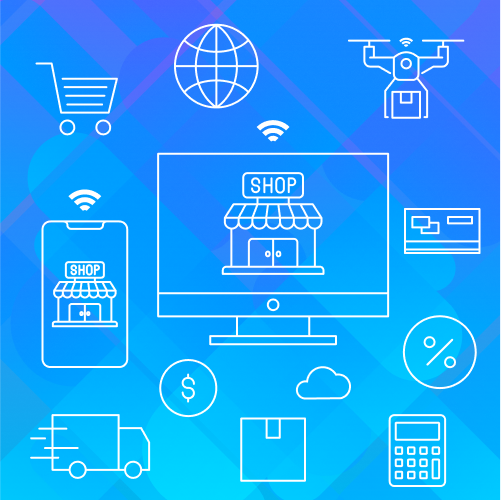Technology and marketing, zBlog
The Powerful Impact of E-Commerce on the Logistics Sector
trantorindia | Updated: August 16, 2022

The term e-commerce refers to trading goods and services between businesses and consumers over the internet. The e-commerce industry has seen massive growth worldwide in the last few years, with an increasingly supportive ecosystem enabling its rise. Morgan Stanley has estimated that nearly 22% of all retail sales are now through online outlets, a testament to the shift in people’s shopping preferences.
The COVID-19 pandemic has necessitated the adoption of online shopping mechanisms, thus increasing the reach and variety of products sold through eCommerce. Statista has forecasted that the total revenues from online shopping will exceed USD 1.3 trillion in the United States alone.
What is fueling the E-Commerce growth?

Increased internet penetration and mobile device ownership are the primary causes of the explosive growth in eCommerce in recent years. The number of digital shoppers in the United States is growing significantly and will reach more than 291 million by 2025. People spend more time online, which has also spilled over into their retail habits. As a result, the offline retail market shrank by nearly 5% in 2020, even as the e-commerce market continued to grow at an astonishing rate.
On the back end of e-commerce growth, the logistics sector has evolved from a linear distribution model to a multichannel approach. This transformation has also compelled the industry to adopt the latest technological innovations to keep up with customer demands while managing its operations efficiently. As cities and suburban areas grow, more distribution centers require seamless communication across all stakeholders.
Impact on the logistics industry

Here is how the rapid growth of e-commerce in recent years has impacted the logistics sector:
- Increase in distribution centers: Operating out of a single distribution center becomes inefficient when the business reaches a particular scale. With the growth explosion in the last few years, logistics service providers (LSPs) have realized the need for multiple distribution channels across the ever-expanding urban landscape to fulfill customer expectations, business profitability, and operational efficiency.
- Sophisticated pricing models: Customers now expect same-day or next-day delivery of their items, forcing many LSPs to rethink their pricing structure as the costs involved in shipping these products are higher. To maintain profitability while keeping their costs low, LSPs have adopted sophisticated freight pricing models, considering variables such as demurrage and detention, supply chain bottlenecks, consolidation opportunities, storage density, etc.
- Omnichannel distribution system: Previously, logistics providers had to move goods from the manufacturing hub to the distribution center or retail outlet. But e-commerce has complicated these operations because of the need for product returns and exchanges. LSPs have had to improve their reverse logistics processes to handle returns while extracting the maximum value from this process.
- Intermodal and last-mile delivery options: The need to keep costs low and fulfill their time criterion for delivering goods has compelled LSPs to make smarter intermodal transport decisions, which has had a knock-on effect on the overall logistics infrastructure.
Furthermore, last-mile delivery, the process’s most complex and time-consuming element, has seen a technological revolution due to increased eCommerce penetration. E-commerce logistics providers harness modern technologies to simplify last-mile deliveries, from algorithmic route-planning and automatic dispatching to robots and drones.
- Technological innovation: Cutting-edge technology has been crucial in fostering change in the logistics industry. Artificial intelligence, machine learning, and the Internet of Things (IoT) are no longer just buzzwords but technologies that optimize operations across industries.
Data and analysis have become paramount, leading to developing technologies that enable end-to-end visibility and process optimizations. It has also made LSPs more agile, cost-efficient, and primed for further scalability. The logistics sector acts as the backbone of the e-commerce industry, enabling the conveniences that the modern customer enjoys.
The digital transformation of the logistics industry is making possible same-day delivery and procuring exotic items from far-off places. However, this is merely the beginning of the e-commerce explosion, which is good news for the logistics industry. With continued technological innovation and an ever-increasing consumer base, logistic solution providers should be excited about their partnerships with e-commerce businesses.




